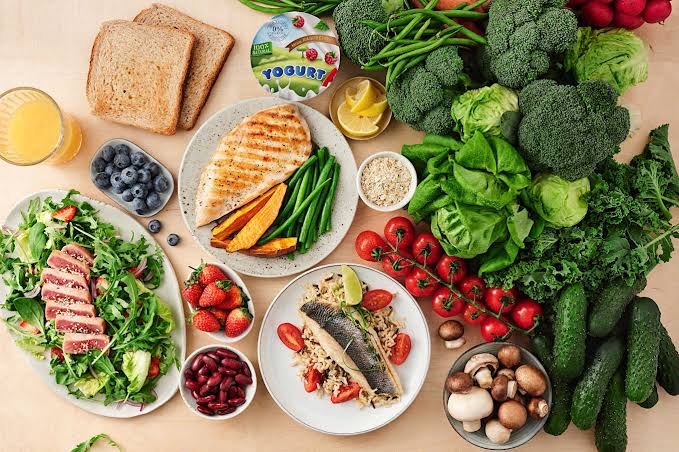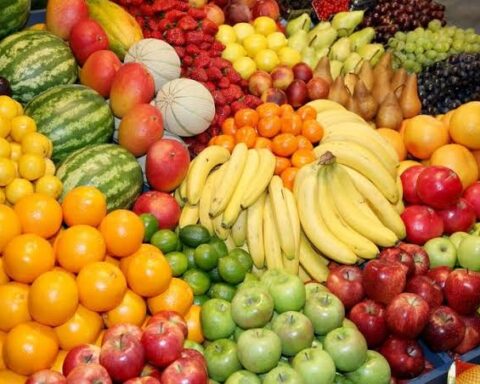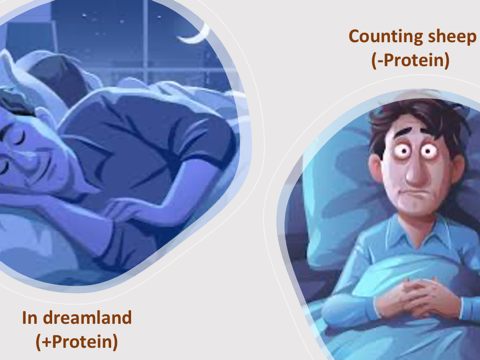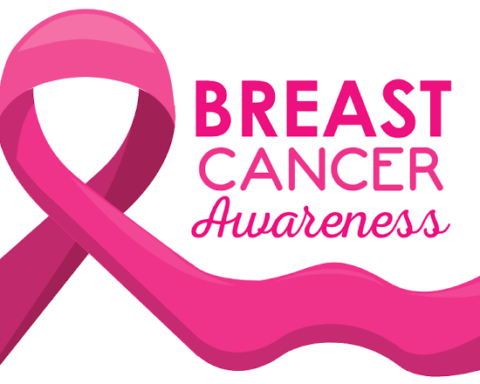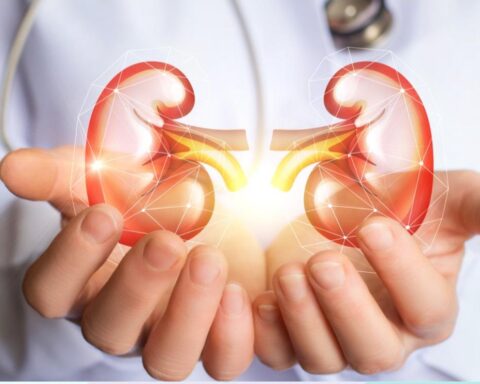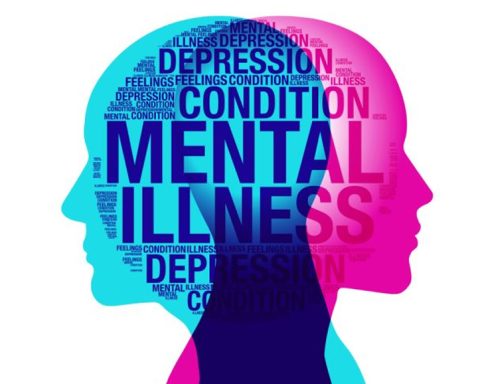Many low-fat foods are rich in other important nutrients, including vitamins, minerals, protein, and antioxidants. Some have also been associated with health benefits and a reduced risk of chronic disease.
Under certain circumstances, limiting the amount of fat in your diet may be beneficial. For instance, low-fat diets are recommended if you’re recovering from gallbladder surgery or have gallbladder or pancreatic disease.
Join our WhatsApp ChannelLow-fat diets may also prevent heartburn, promote weight loss, and improve cholesterol levels.
Here are 10 low-fat foods that are good for your health:
1. Leafy greens
Leafy greens contain virtually no fat and are loaded with beneficial minerals and vitamins, including calcium, potassium, folate, and vitamins A and K.
They’re especially rich in certain plant compounds shown to reduce inflammation in your body.
Not surprisingly, studies suggest that diets high in leafy greens may protect against certain conditions like heart disease, diabetes, and cancer.
Common leafy greens include: kale, spinach, arugula, collard greens, Swiss chard, romaine, lettuce.
Fresh leafy greens can be added to salads or smoothies. You can also try steaming or sautéing them with your favourite herbs and spices for a wholesome side dish.
2. Fruits
Fruits are an excellent option if you’re looking for a sweet, low-fat snack. Almost all fruits are low in fat and high in vitamins, minerals, and fibre.
They’re also particularly rich in plant compounds. Many of these beneficial plant compounds are responsible for the vibrant colour of fruits.
In addition, certain plant compounds are known to be potent antioxidants.
In your body, antioxidants guard against harmful, unstable molecules known as free radicals. Cellular damage from free radicals is linked to ageing, heart disease, arthritis, cancer, and other conditions.
Fortunately, many studies suggest that diets high in fruits and vegetables can reduce free radical damage due to their high antioxidant content.
3. Beans and legumes
Legumes — also known as pulses — are a class of vegetables that includes beans, peas, and lentils.
They’re low in fat and contain no cholesterol. They’re high in fibre, protein, B vitamins, and essential minerals, such as magnesium, zinc, and iron.
Research shows that they may reduce blood pressure and cholesterol, as well as manage blood sugar levels.
In addition, regular consumption of beans and legumes may aid weight loss, as the high amounts of fibre can keep you feeling fuller longer.
4. Sweet potatoes
The sweet potato is a hearty, low-fat root vegetable. One medium sweet potato contains only 1.4 grams (g) of fat.
Besides being low in fat, sweet potatoes provide vitamin A, vitamin C, and several B vitamins. They’re also rich in minerals, such as potassium and manganese.
Their bright orange colour is due to high amounts of beta-carotene, a plant pigment known to protect against the cell damage caused by free radicals.
Beta-carotene appears particularly beneficial for your eyes. Research suggests that diets high in beta-carotene are associated with a reduced risk of eye conditions like cataracts and age-related macular degeneration.
5. Tart cherry juice
Tart cherries, also known as sour or Montmorency cherries, are fat-free fruit rich in anti-inflammatory compounds known as polyphenols.
Tart cherries may be beneficial for physically active individuals. Studies suggest that tart cherry juice reduces muscle inflammation and soreness after strenuous exercise.
They may also be beneficial for reducing blood levels of uric acid, a chemical that can trigger gout when present at high levels in the blood. Interestingly, studies have shown a link between cherry intake and a reduced risk of gout flare-ups.
6. Cruciferous vegetables
Cruciferous vegetables are a robust source of nutrients, including fibre, folate, and other minerals, as well as vitamins C, E, and K.
Some common cruciferous vegetables include: broccoli, cauliflower, Brussels sprouts, cabbage, bok choy, turnips.
All of these vegetables have virtually no fat, making them an excellent addition to a low-fat diet.
Alongside their nutrients, cruciferous vegetables provide sulfur-containing substances known as glucosinolates, which are responsible for the vegetables’ bitter flavour.
Glucosinolates have demonstrated anti-cancer effects in test-tube and animal studies.
READ ALSO: Health Benefits Of African Star Apple
Many observational studies in humans also link high consumption of cruciferous vegetables to a reduced risk of several cancers, including bladder, breast, colon, lung, and stomach cancer.
7. Mushrooms
Mushrooms are a delicious, fat-free food with many purported health benefits.
Interestingly, they don’t fall into any of the traditional food groups — they’re neither a fruit nor vegetable, grain, or animal product.
Mushrooms are fungi used widely as food and medicine for centuries.
Common edible types of mushrooms include: white button, crimini, portobello, shiitake, oyster.
Nutrients in mushrooms vary by type, but all contain potassium, fibre, and various B vitamins and minerals. Certain types also pack a significant amount of vitamin D.
Mushrooms are the highest food source of ergothioneine, an antioxidant reported to have potent anti-inflammatory effects.
Research suggests that mushrooms may strengthen your immune system and safeguard against certain cancers.
8. Garlic
Garlic’s bold flavour and aroma make it a popular ingredient. It has very few calories and almost no fat.
Garlic has been used for medicinal purposes.
Some older research shows that garlic may enhance your immune system and help protect against the common cold when consumed regularly. However, most studies have used supplements containing garlic extract, so it’s unclear whether consuming garlic as part of your diet could have the same effects.
Some studies also link the active compounds in garlic to reduced blood pressure and cholesterol, though high amounts of garlic or concentrated supplements are needed to have an effect.
9. Chicken breast
Chicken breast is a low-fat food that provides an impressive amount of high-quality protein in just one serving.
The breast is the leanest part of a chicken. A 3-oz (85g) serving of roasted, skinless chicken breast contains only 3g of fat but provides 26g of protein.
Aside from protein, chicken offers large amounts of niacin, vitamin B6, selenium, and phosphorus.
10. Egg whites
While whole eggs are not considered a low-fat food, egg whites are.
That’s because the fat and cholesterol in eggs are concentrated in the yolks.
The white from one large egg contains 0 g of fat, while a whole large egg including the yolk packs 5g of fat.
Egg whites are also low in calories and a good source of high-quality protein, making them an ideal option to reduce your daily intake of fat and calories.
Conclusion
If you are interested in a low-fat diet for personal or medical reasons.
For instance, low-fat diets may be recommended for digestive issues, weight loss, and certain conditions involving your liver, gallbladder, or pancreas.
Each item on the list above is low in fat and calories and may provide many unique, science-backed health benefits.


